
Project: Te Pae, Christchurch Convention Centre
RoofLogic and Warm Roofs
When designing and installing a commercial roof, RoofLogic relies on experience, support, and solutions to nominate components, ensuring that the project meets its performance requirements. RoofLogic evaluates structural, thermal, and acoustic performance requirements. Additionally, RoofLogic conducts hygrothermal analysis to ensure the mitigation of condensation risk, as well as addressing potential risks of mold and corrosion within the roof assembly.
Have a look at our library of warm roof projects here!
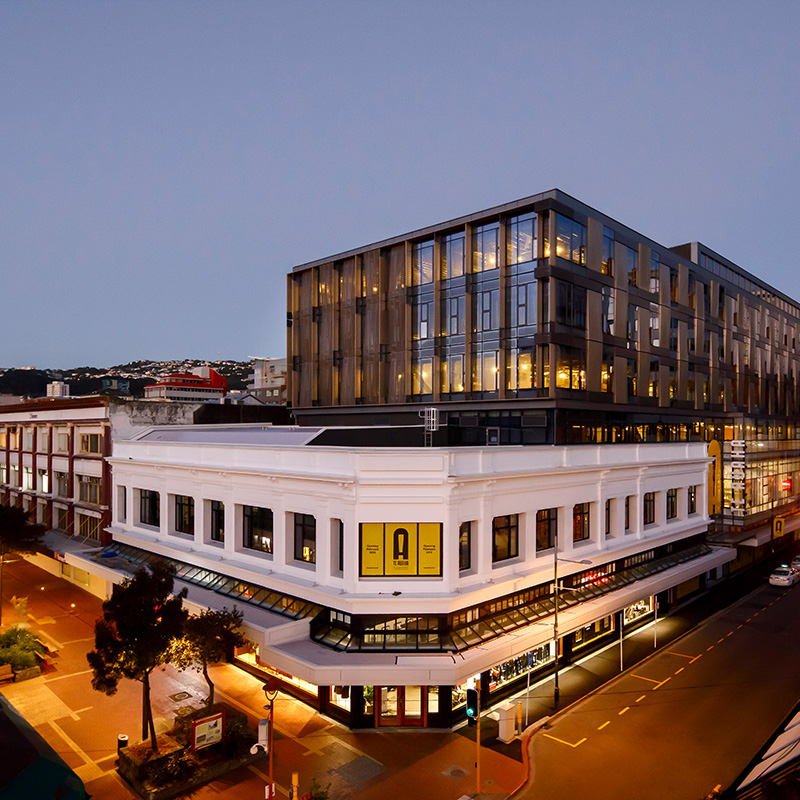
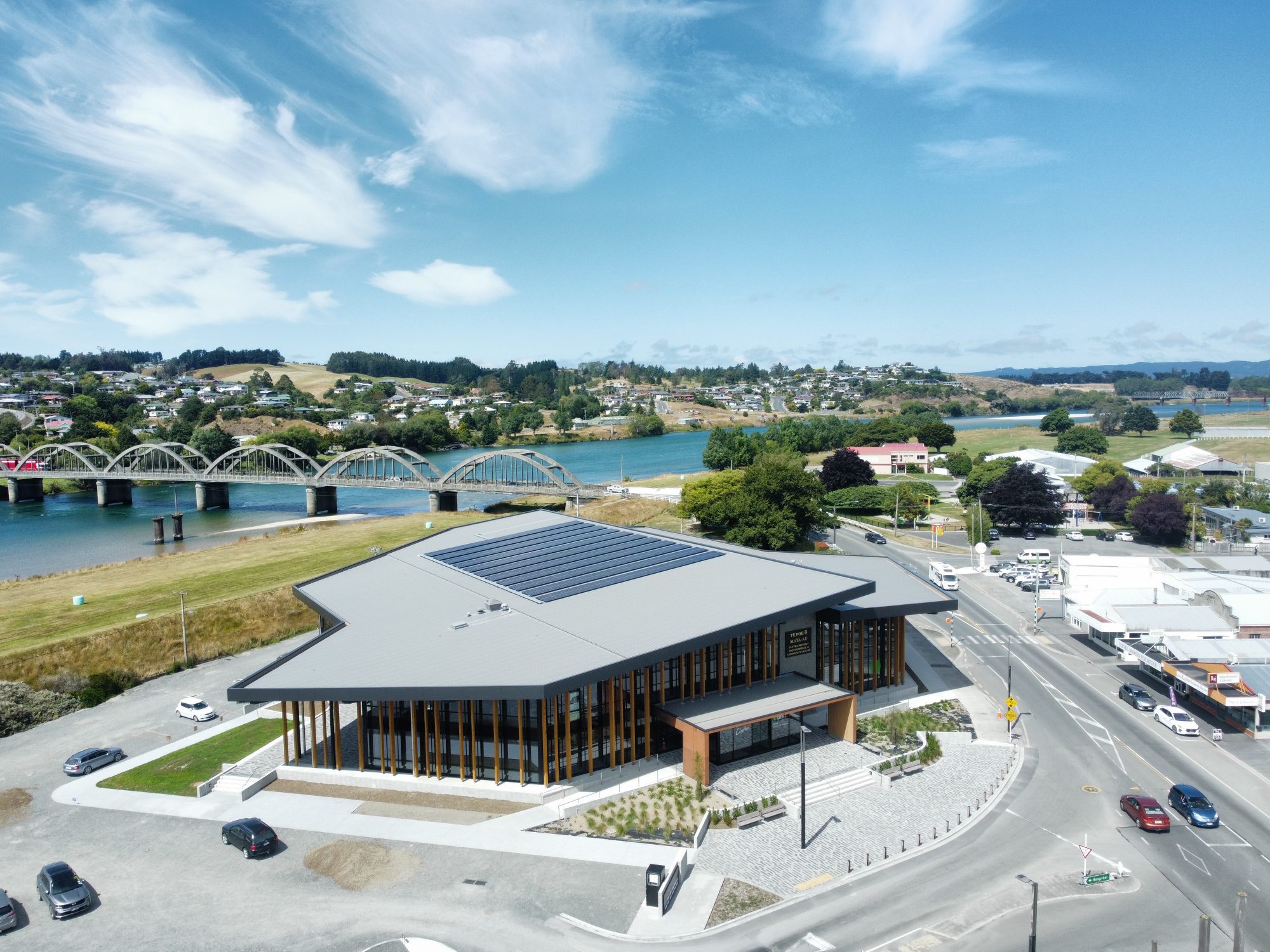
Warm Roofs vs TRADITIONAL COld Roofs
Warm roof design offers several advantages over a traditional cold roof build-up:
Improved energy efficiency: A warm roof system helps to prevent heat loss through the roof. This results in lower heating costs during the winter months, lower cooling costs in summers and reduced energy consumption overall.
Prevention of condensation: With a warm roof, the insulation layer is positioned above the LinerDeck, which helps to keep the structure of the roof warm. Furthermore, a Vapour Control Layer at the correct point in the system build-up ensures that internal warm moist air never reaches its dew point. This eliminates the risk of condensation forming within the roof structure, which can lead to dampness, mould growth, and potential structural damage in cold roof systems.
Reduced risk of thermal bridging: Thermal bridging occurs when there is a direct pathway for heat to flow through a building element, bypassing insulation. Warm roofs minimise the risk of thermal bridging by placing insulation on top of the LinerDeck, creating a continuous barrier. Furthermore, warm roofs provide better thermal performance compared to cold roofs since the insulation is positioned externally. This can help maintain a more consistent internal temperature and reduce fluctuations in heating and cooling requirements.
Longer lifespan: By minimising the risk of condensation and thermal bridging, warm roofs can help to extend the lifespan of the roof structure and profiled metal roofing and reduce maintenance requirements over time.
Lifecycle cost: In addition to lower maintenance expenses, when it comes time to replace a warm roof, the TopDeck can be removed and replaced without disrupting the rest of the system. This presents significant savings as the building can continue to be occupied without the need for tenting and evacuation.
Programme Benefits: The warm roof system allows for early close-in of the structure. The first process is the installation of the LinerDeck which protects the building interior from the weather, providing both programme and health and safety benefits particularly when compared to the installation of a traditional Cold roof system.
In commercial building construction, warm roofs stand out as the intelligent choice due to their superior thermal performance, enhanced energy efficiency, and increased durability compared to traditional cold roof build-ups.
Warm Roofs and H1 Compliance
The primary feature of a warm roof is the exterior insulation layer. Designed to reduce heat loss from the building and maintain a warm and comfortable interior environment, all RoofLogic roofs and façades meet the updated H1 requirements as per the NZBC.
Warm roof systems often integrate a Vapour Control Layer, positioning it on the warm side of the insulation. This layer aids in preventing the migration of moisture vapor from the interior into the roof structure, mitigating potential condensation-related issues.
The insulation material can vary, such as rigid foam boards, mineral wool or glass wool, and its thickness depends on the desired level of thermal performance.
Benefits of warm roof systems:
By placing the insulation above the roof deck, a warm roof reduces heat loss through the roof, resulting in improved energy efficiency and reduced heating costs.
Properly designed warm roofs minimize the risk of condensation within the roof structure, as the insulation layer helps maintain the temperature of the roof components above the dew point, preventing moisture buildup.
With a warm roof, the entire roof structure remains at a relatively warm temperature, minimizing thermal stress and temperature fluctuations within the roof structure, prolonging the lifespan of the roofing materials and reducing the need for repairs or replacements.
Once the LinerDeck is down, the entire roof is trafficable.
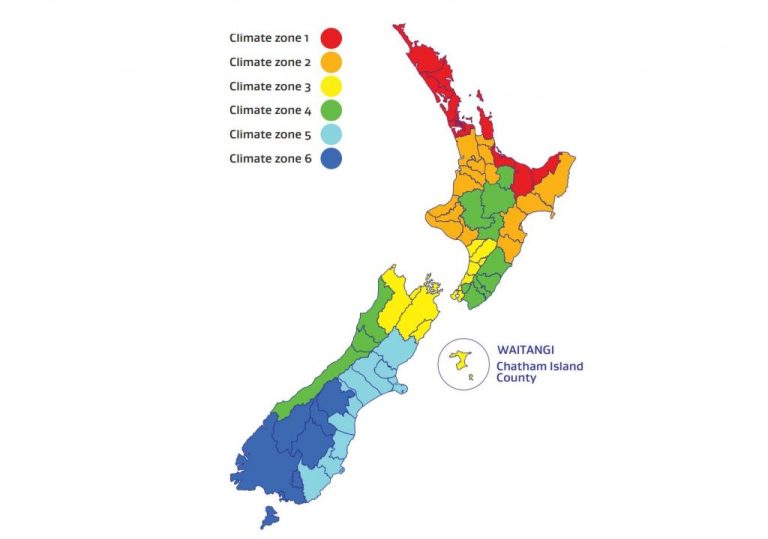
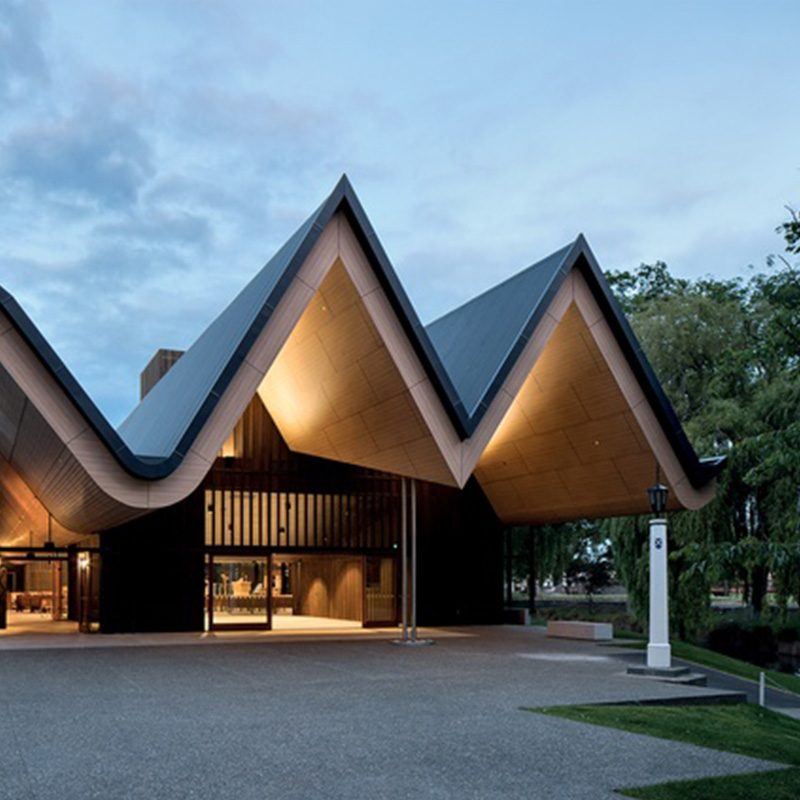
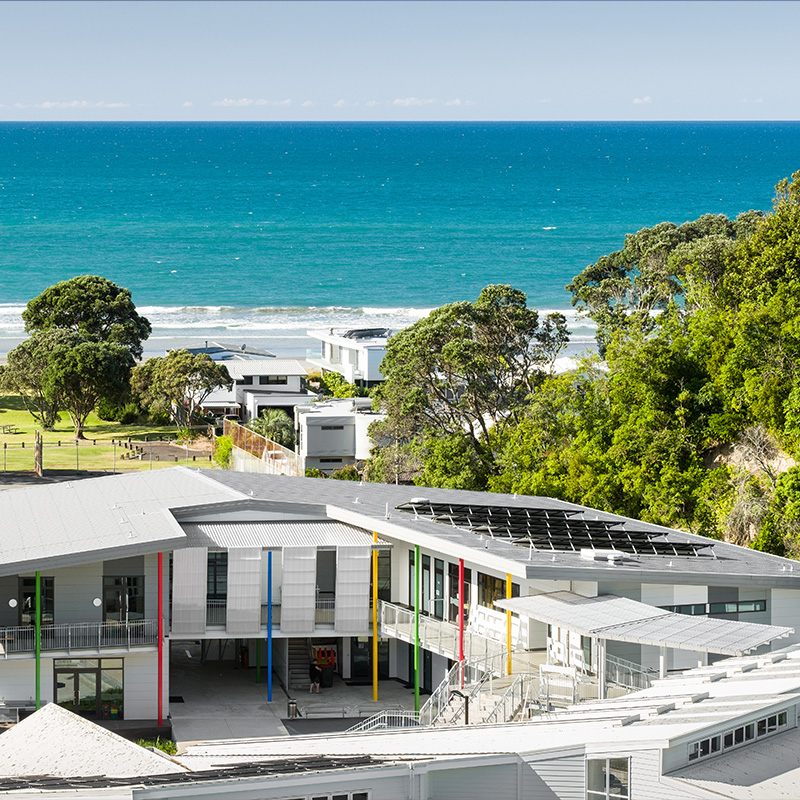
Mitigating Condensation, Mould and Corrosion
Traditional roof systems are not designed to control vapour drive. Simply put, moisture-laden internal air can pass through the roof/ceiling assembly, especially through porous materials like ceiling tiles. This can lead to the dew point occurring within the layers of the roof assembly (e.g., building wraps, insulation), causing increased moisture accumulation over time. This results in increased internal moisture, reduced thermal performance along with mould growth and corrosion risk.
Furthermore, conventional roof systems typically incorporate poorly performing and discontinuous insulation layers, leading to exacerbated thermal bridging.
RoofLogic systems are completely devoid of moisture because detailed thermal and hygrothermal analysis for each project establishes a specified system that will manage condensation risk, mould growth and corrosion risk.
Hygrothermal Analysis:
The term ‘hygrothermal’ refers to the movement of heat and moisture through buildings. Computer-based hygrothermal modelling simulates the movement of heat and moisture, generating information relating to temperature, water content and relative humidity within multi-layer building elements.
Simulating the performance of building assemblies allows for the evaluation and minimisation of risks associated with these mechanisms. Understanding risks such as condensation, moisture entrapment, fungal growth, material degradation, and more facilitates achieving the correct balance between heat and moisture
Assessments of completed roof installations support our hygrothermal modelling – RoofLogic systems are thermally efficient and completely mitigate condensation.
With a warm roof system, the entire roof structure remains at a relatively warm temperature. This minimises thermal stress and temperature fluctuations within the roof structure. Therefore prolonging the lifespan of the roofing materials and reducing the need for repairs or replacements.
Once the LinerDeck is down, the entire roof is trafficable.
Show more +Acoustic Performance of Warm Roofs
Canterbury Acoustic Testing Services (CATS) Laboratory and Auckland University Acoustic Testing Services (ATS) have tested RoofLogic warm roof systems for airborne sound transmission (ISO 10140-2:2010), noise from artificial rainfall (ISO 140-18:2006), and sound absorption (AS ISO 354-2006).
Commercial buildings often reside in densely developed areas, near airports, highways, industrial zones, or in proximity to sports and entertainment venues. The acoustic performance of roofs is important in controlling noise from these activities. It can impact how external noise, like aircraft or environmental sounds, enters the building, as well as how noise generated within the building, such as from a plant room or entertainment venue, affects the surrounding areas. A roof system’s capability to minimize sound transmission from the environment to the building interior can greatly benefit occupants.
Standardized methods measure sound transmission across a range of frequencies, yielding a single number known as either STC (Sound Transmission Class) or Rw (Weighted Sound Reduction Index). This number serves as a basis for comparing different roof assemblies and calculating the internal noise levels caused by external sounds. A higher STC/Rw value indicates superior sound performance.
Rainfall noise can be disruptive to building occupants, impacting performance and spending. Testing involves generating artificial rain above a roof assembly and measuring noise from below. The sound intensity is expressed as LIAM norm (dB) to calculate internal noise levels. Lower LIAM values indicate better rain noise reduction. Testing follows ISO standards. Using a rainfall rig positioned in three locations, with a simulated rainfall rate of 40mm/hr (classified as “Heavy”).
Show more +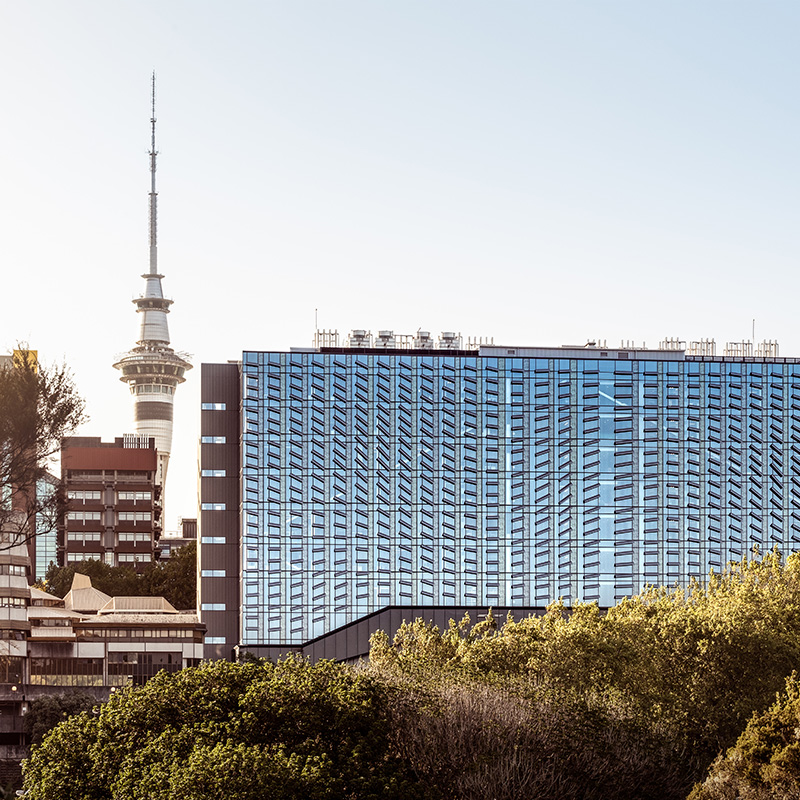
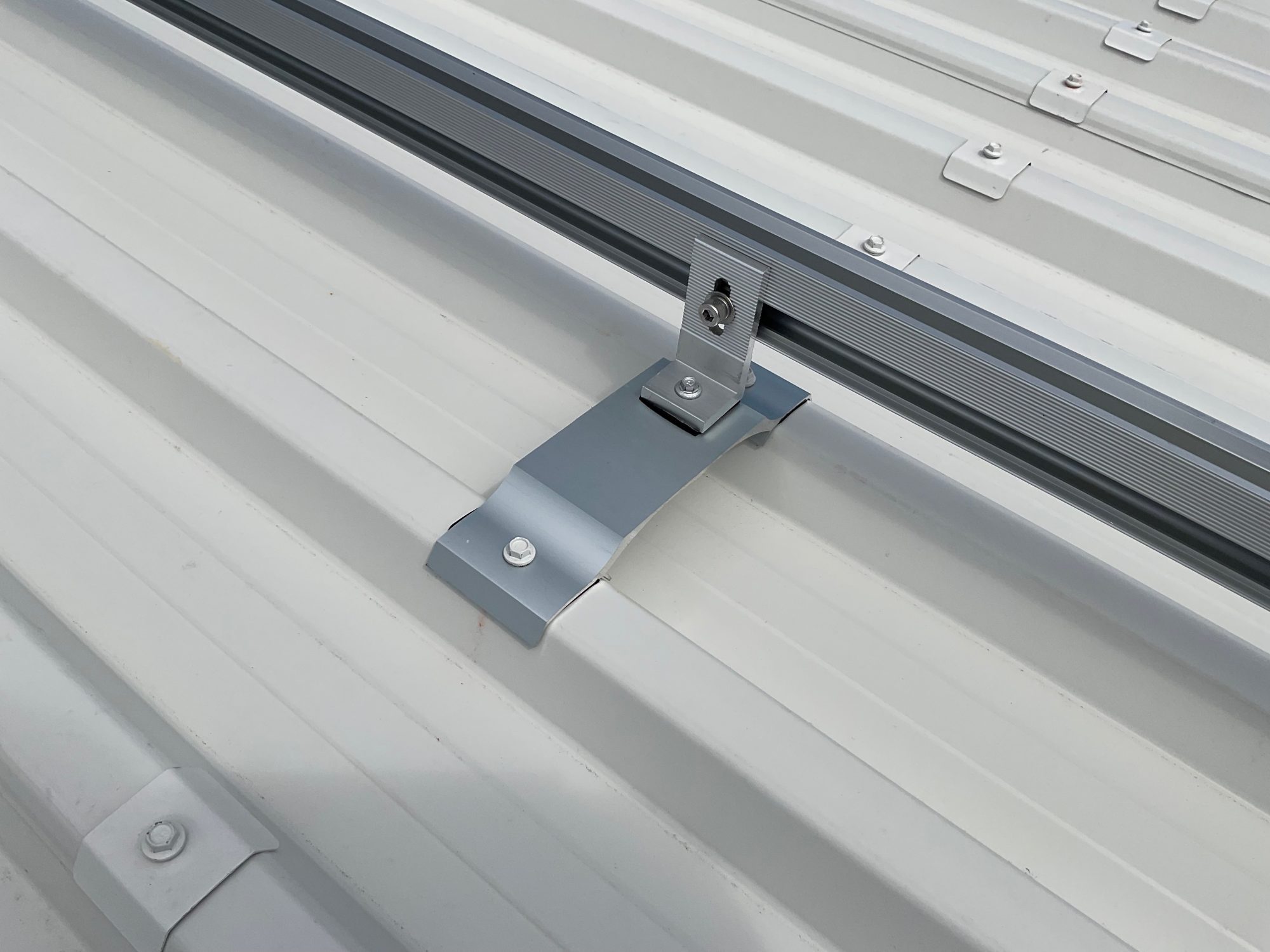
Helios bracket and solar panels
The RoofLogic Helios bracket creates the interface between the PV frame and roof and thereby resolves the weathertightness warranty. The system has undergone comprehensive structural testing and is compatible with various common roofing profiles. The PV frame/tripod mechanically attaches to the bracket, ensuring that the roofing profile remains unpenetrated by the PV installer. This design allows for sufficient space to clean underneath the PV modules as part of the roof maintenance requirements.
Show more +